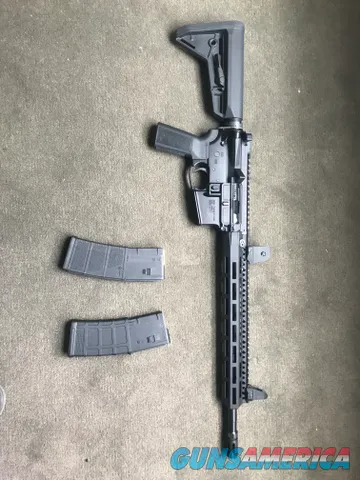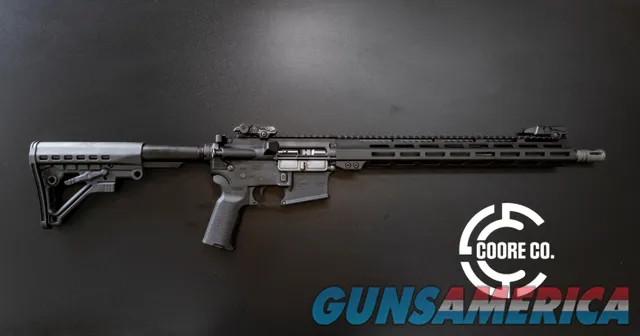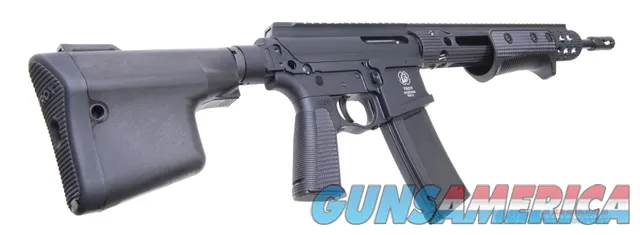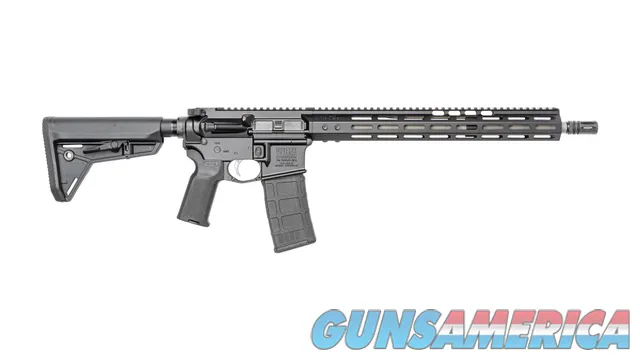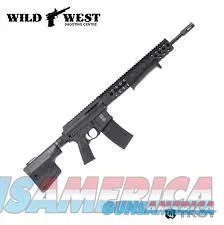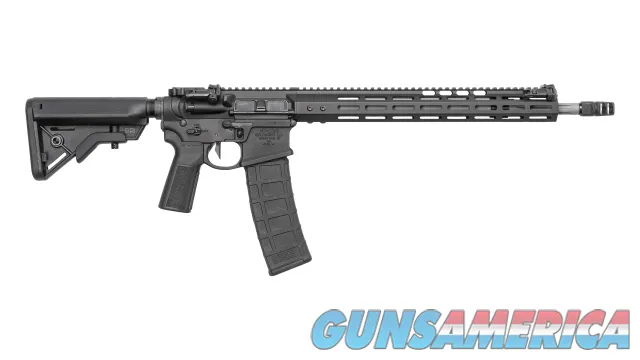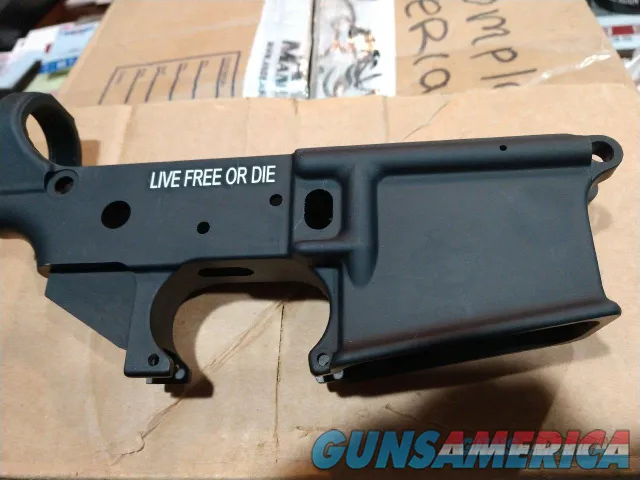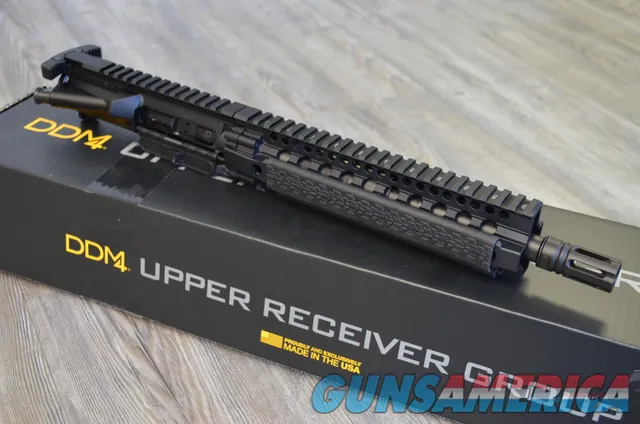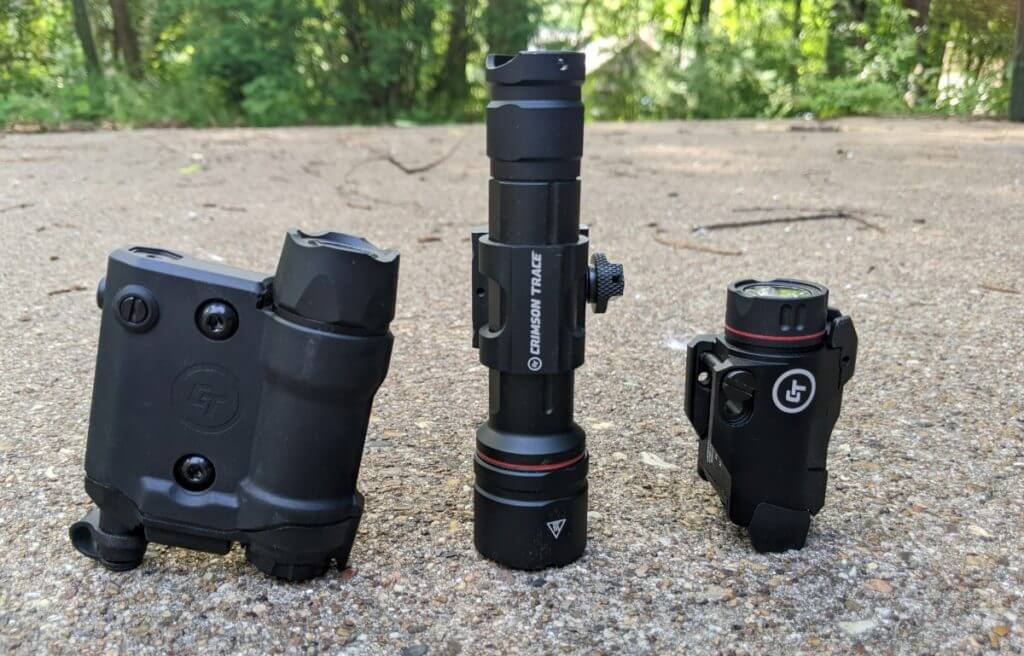
Lumens are sort of like milligrams. Everyone knows that lumens and milligrams are units of measurement, but if you ask Average Joe to describe the brightness of a lumen or the weight of a milligram, good ol’ Joe will in all likelihood be lost for words.
What is a Lumen?
Searching “what is a lumen?” in the Google machine reveals that a lumen is “a unit of luminous flux in the International System of Units, that is equal to the amount of light given out through a solid angle by a source of one candela intensity radiating equally in all directions.”
Since that’s about as clear as mud, you might continue your search to discover this helpful diagram. This tells you that a lumen has something to do with a candle, which is sort of helpful but mostly just confusing.
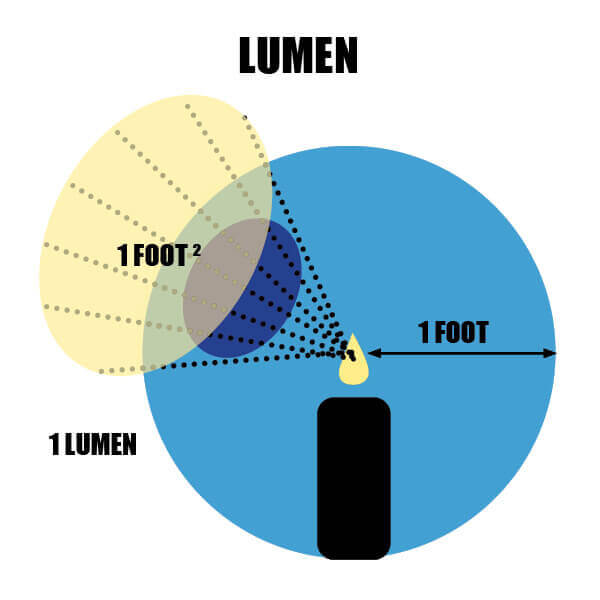
You can see where I’m going with this. It’s easy to understand that a 400-lumen flashlight is “brighter” than a 200-lumen flashlight, but how bright, exactly, is 400 lumens? How many lumens do you need for a home defense firearm, and why do some flashlights with the same lumen rating look so different when you shine them in your backyard at night?
To help me answer these questions, I reached out to Tim Meissen, a Senior Design Engineer for Crimson Trace. Meissen walked me through what you need to know—and what you don’t—about lumens and weapon lights. Click the links below to check out each light used in this article.
Handgun light + laser (400 lumens): CMR-207G Rail Master Pro
Rifle light (900 lumens): CWL-202 Tactical Rifle Light
Rifle light + laser (150, 500, or 1000 lumens): CMR-301 Rail Master Pro
The Basics
A lumen has a technical definition, but generally speaking, it’s about as bright as a single candle. More importantly for this discussion, a lumen measures the total energy output of a light without regard for beam angle. Imagine a candle or a light bulb sitting alone in a room. “Lumens” simply describe the brightness of that candle or light bulb.
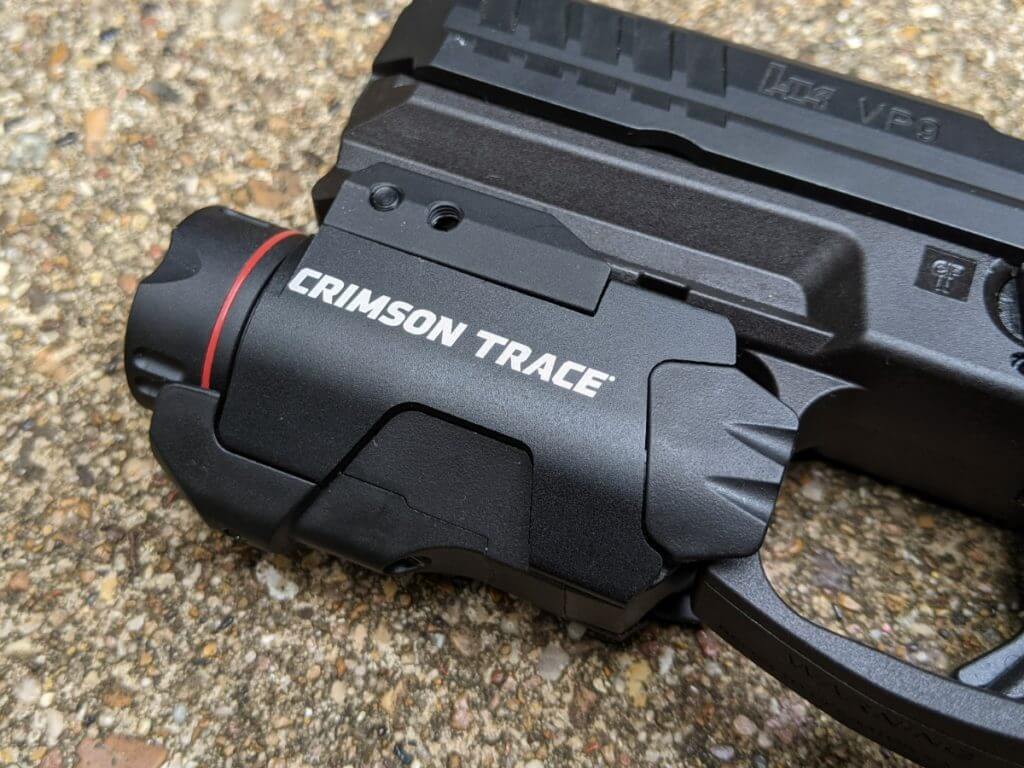
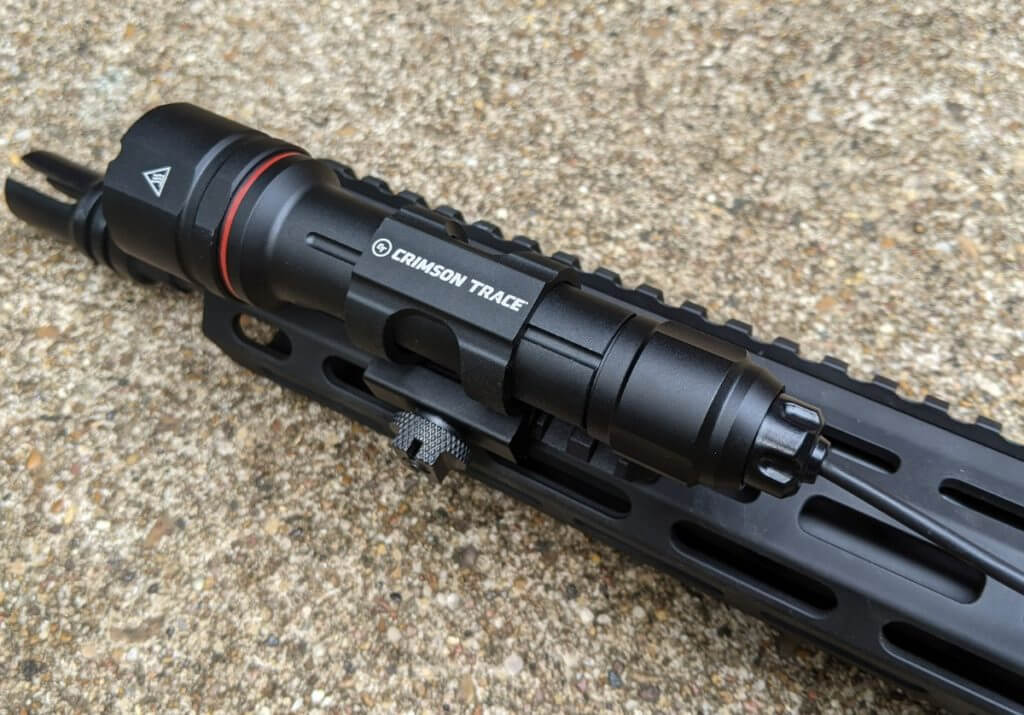
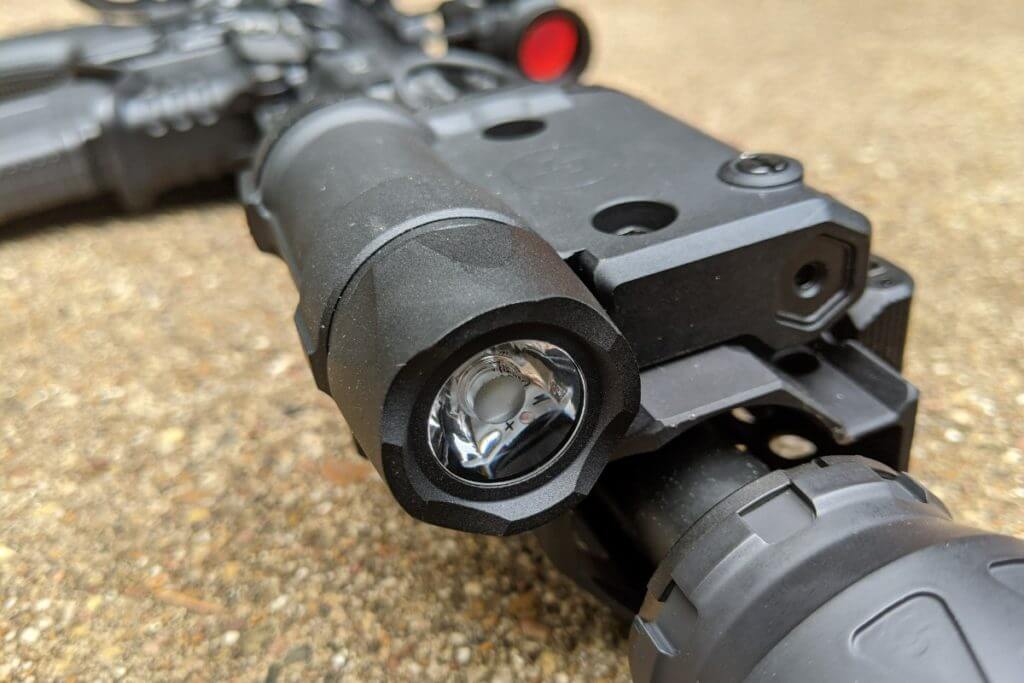
Beam Angle
However, when considering how a flashlight appears, we must also consider another variable called the “beam angle.” The beam angle directs light in a certain direction. A narrow beam angle will produce a small spot of light while a wide beam angle will produce a wide circle of light.
A “candela” takes this beam angle into account. If you know a flashlight’s lumen rating and beam angle, you can calculate the light’s candelas. The higher the candela, the farther a flashlight can shine.
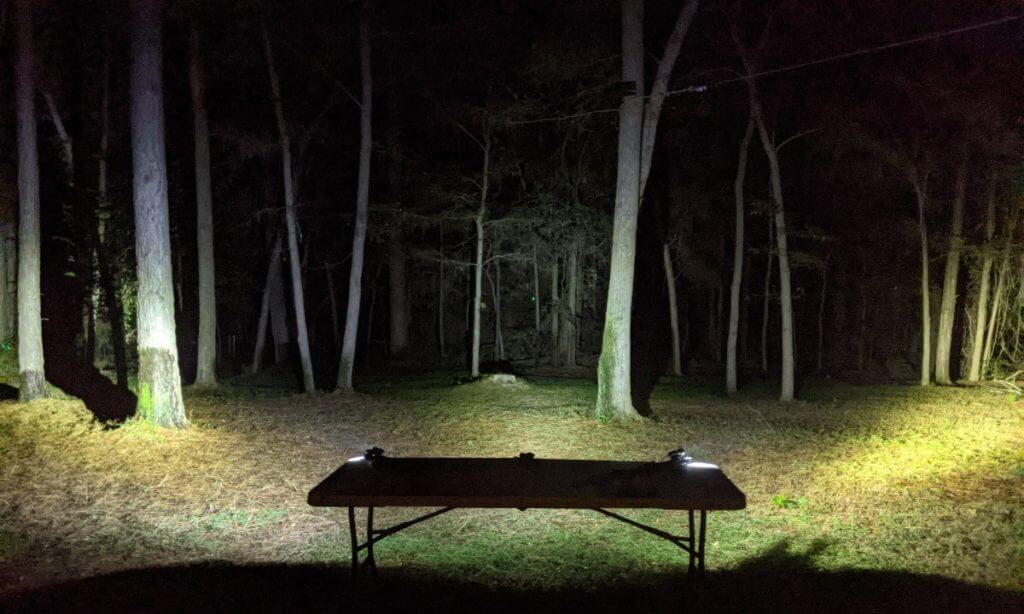
This is, in part, why flashlights with the same lumen rating can appear to be different brightnesses. A 1000-lumen flashlight with a narrow beam angle will be able to shine across your backyard and into your neighbor’s bedroom (not something we would recommend). Another flashlight that also produces 1000 lumens but has a wide beam angle will flood your backyard with light but won’t be able to reach out and illuminate anything beyond your fence line (hypothetically speaking).
Diving Deeper
Meissen told me that Crimson Trace calibrates the beam angle on each flashlight for the intended application. The CMR-207G Rail Master Pro, for example, uses a wide beam angle to achieve a floodlight effect that instantly lights up an entire room.
“If you’re doing CQB stuff as a SWAT team guy… you want to light up a whole room when you bust down that door,” Meissen pointed out.
The same applies to the home defense practitioner. If you’re looking for a bad guy in your living room, you don’t want to have to sweep a spotlight into every corner of the room. You want a wide beam angle to illuminate the entire room all at once, which is exactly what the Rail Master Pro can do.
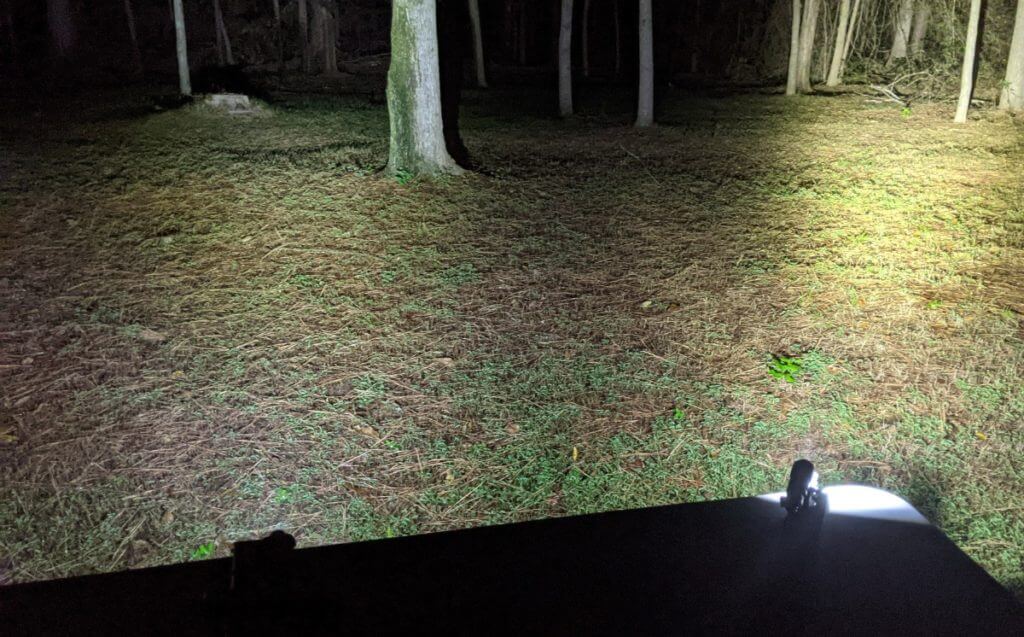
On the other hand, if the zombie hordes are emerging from the tree line 100 yards from your porch, you want a high-lumen light with a narrow beam angle like the one on this CWL-202 Tactical Rifle Light. This 900-lumen light throws a high-intensity beam out to about 100 yards, which is perfect for “long distance” night shooting.
Meissen also noted that having more lumens isn’t always better. The “lumen wars,” as he called them, have trained some gun owners to think that all flashlights should be as bright as possible. But that’s not always the case.
“If you go into a dark room and throw on a 1000 lumen light, you’re blinding yourself for a period of time,” Meissen said.
That’s in part why the CMR-207G Rail Master Pro is 400 lumens rather than 1,000. It’s also why Crimson Trace engineers always try to make their lights adjustable. This CMR-301 Rail Master Pro, for example, has a peak output of 1,000 lumens but can be adjusted down to 500 or 150 lumens. The beam angle is narrower than a handgun light but wider than the Tactical Rifle Light, which allows for both effective indoor and outdoor use.
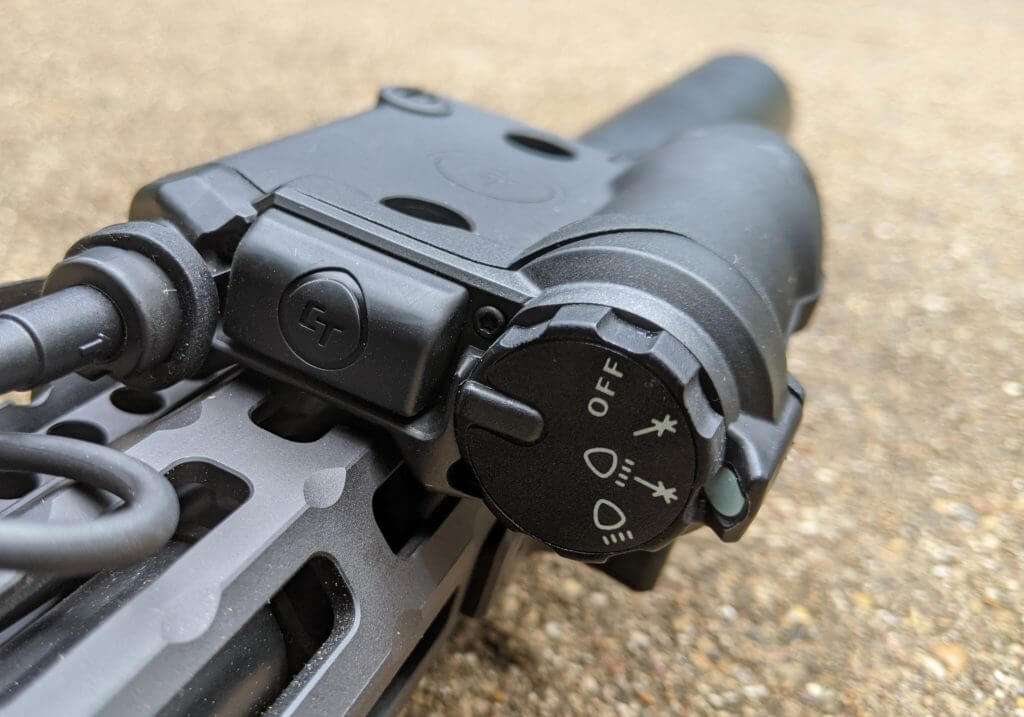
Plus, decreasing the lumen output increases battery life. The included rechargeable battery on the CMR-301 can run for one hour at 1,000 lumens but much longer on a lower lumen rating. This is also essential for close-quarters situations in which a light might remain on for an extended period of time.
One final factor to keep in mind. Lights from quality American companies like Crimson Trace are rated using the ANSI FL1 Standard. The FL1 Standard dictates testing requirements for six factors: light output, run time, beam distance, peak beam intensity, impact resistance, water resistance, and penetration resistance.
Lights that are measured using the FL1 Standard can be reliably compared with one another, but not all lights sold online use this same standard. This is another reason lights with the same lumen “rating” appear to be different brightnesses, Meissen explained. A company might claim that their flashlight is 500 lumens, but in reality, the flashlight puts out 500 lumens for 10 seconds on a fresh battery before immediately beginning to dim.
All Crimson Trace lights are measured on the FL1 Standard, so customers know that when they say their lights hit a certain lumen rating, it’s the truth.
Final Look
Meissen stressed that there’s no substitute for on-the-ground experience when it comes to choosing a lumen rating for a flashlight. If you plan to use your handgun for home defense, shine your handgun light in each room after the sun goes down. See if the light is too bright or too dim, and make sure the light fills up each room. Most customers, Meissen said, realize their light is actually too bright, and if they’ve purchased a Crimson Trace product, they probably have the option of adjusting the lumen output.
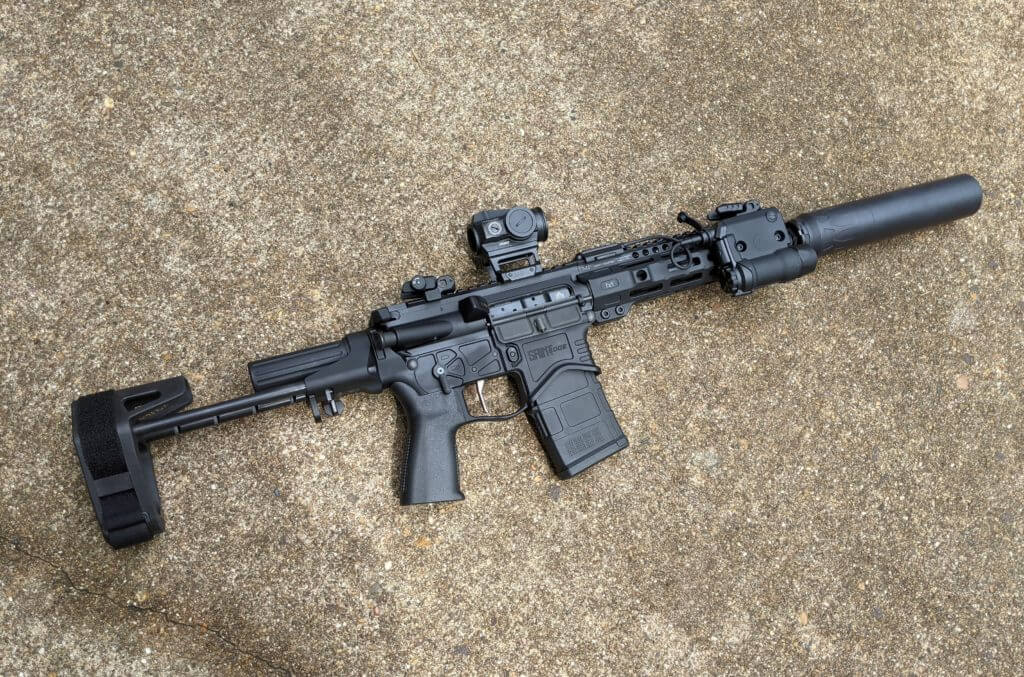
Click the links below to check out each light used in this article.
Handgun light + laser (400 lumens): CMR-207G Rail Master Pro
Rifle light (900 lumens): CWL-202 Tactical Rifle Light
Rifle light (150, 500, or 1000 lumens): CMR-301 Rail Master Pro
*** Buy and Sell on GunsAmerica! ***


